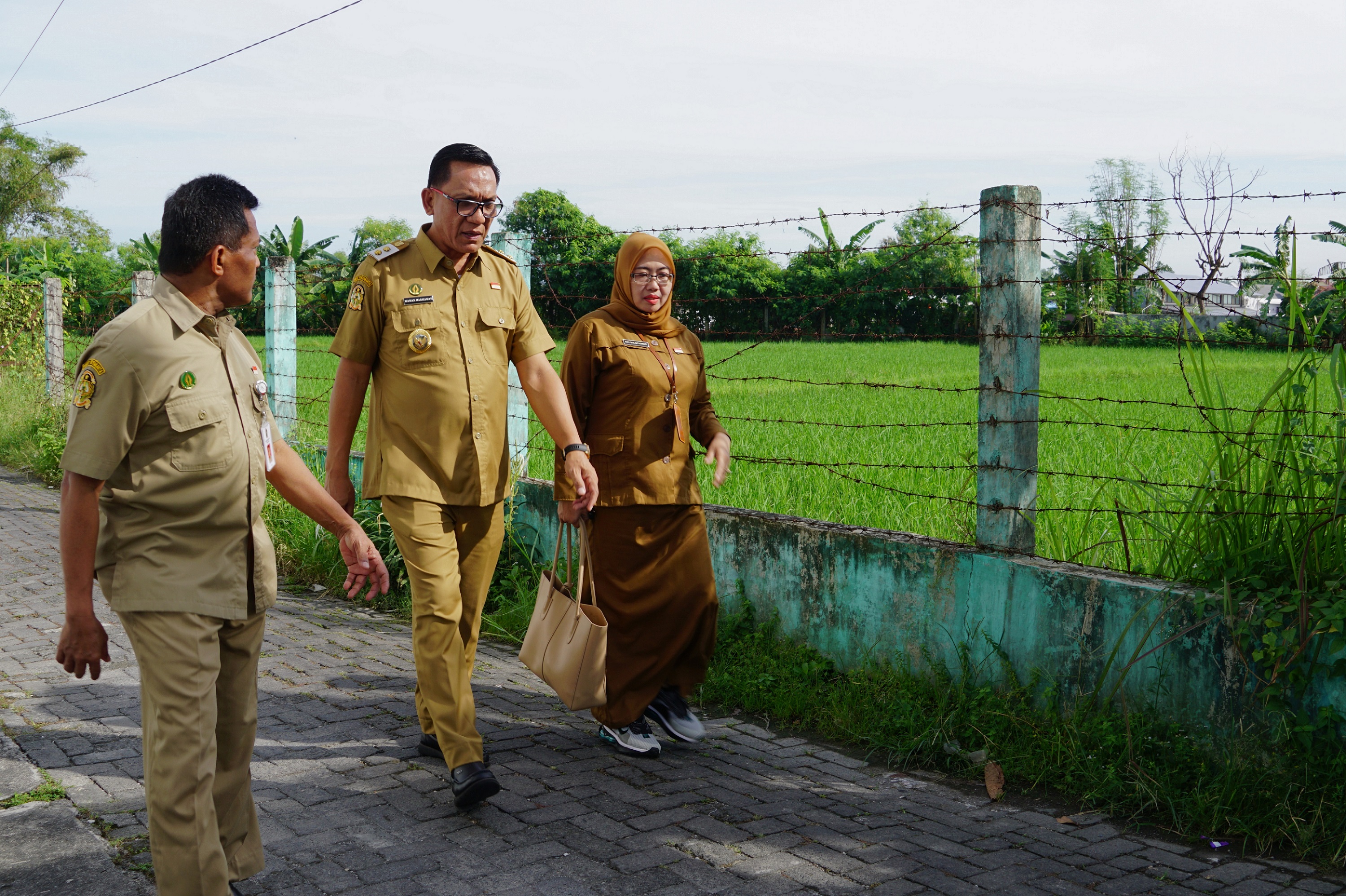Yogyakarta, a vibrant cultural city in Indonesia, is redefining what it means to be agricultural in an urban environment. Despite its limited land area, the local government is taking bold steps toward Urban Agropolitan Development, blending innovation, community empowerment, and food security strategies. This movement not only reflects the city’s resilience but also serves as a model for other metropolitan areas in Indonesia and Southeast Asia.
Unlocking Agricultural Potential Within City Limits
Urban centers are often associated with industrial zones, traffic congestion, and dense housing. However, Yogyakarta is challenging that narrative. During a recent visit to the Bener Seed Garden in Tegalrejo, the city’s Deputy Mayor emphasized the untapped potential in Yogyakarta’s urban agriculture sector.
By involving the Department of Agriculture and Food, city leaders are evaluating strategic innovations to elevate local agriculture. They see the Agropolitan model not as a rural concept but as an adaptive framework suited to the city’s limitations. Instead of vast farms, the focus shifts to integrated agricultural systems, vertical farming, urban seed banks, and sustainable land use.
This approach is also aimed at reinforcing food security in urban areas, which has become increasingly important in a post-pandemic context. It’s not just about feeding the city—it's about creating a thriving, green economy from within.
Agropolitan Model Meets Innovation and Education
One of the city’s standout initiatives is the planned transformation of the Tegalrejo Bener Seed Garden into a multifunctional agricultural zone. The aim is to merge food production with education, tourism, and community engagement. According to Sukidi, Head of the Agriculture and Food Department of Yogyakarta, this development marks a strategic shift toward a comprehensive Agropolitan ecosystem.
“Urban Agropolitan Development allows us to educate, empower, and elevate our society,” he explained. By incorporating tourism and educational elements, the garden won’t just grow food—it will grow awareness, skills, and opportunities for urban residents.
In line with this, the Plasma Nutfah Banana Garden, home to over 300 banana varieties and recognized by Indonesia’s Ministry of Agriculture as the most comprehensive collection in Southeast Asia, is also set to evolve into an agroedutourism hub. It will serve multiple purposes: conservation, education, and economic generation.
This move supports the belief that urban agriculture should be more than subsistence. When combined with tourism and education, urban agropolitan development can offer long-term revenue and significantly contribute to the city’s local economic growth.
Driving Economic Growth Through Sustainable Agriculture
Yogyakarta’s vision doesn't stop at greening the city—it’s about creating a sustainable urban economy. The goal is for these agropolitan hubs to contribute meaningfully to the city’s regional revenue (PAD). The city leaders envision an ecosystem where technology, community participation, and agro-tourism combine to build a resilient and innovative urban farming industry.
New technologies, such as hydroponics and smart irrigation systems, are being considered to ensure maximum yield on minimal land. These techniques are key to making urban farming not just feasible, but profitable.
Furthermore, integrating urban farming with healthcare—evident in the recent visit to the Giwangan Animal Slaughterhouse and the city’s Animal Clinic—demonstrates how agriculture connects to public health and sanitation.
The emphasis on multi-sector collaboration, from agriculture and education to tourism and health, sets Yogyakarta apart. It's an approach that could inspire similar urban agricultural models in Southeast Asia, where land scarcity and population density challenge traditional farming methods.
Community Empowerment at the Heart of the Movement
Yogyakarta’s urban farming transformation also relies on its people. Local communities are expected to be actively involved in the planning, development, and management of these agropolitan centers. By offering training programs, workshops, and shared agricultural facilities, the city is investing in community-based agriculture.
This citizen-led approach ensures the sustainability of projects while fostering a sense of ownership and pride among residents. It also creates new employment opportunities and skills development, particularly for youth and marginalized groups.
The combination of social, economic, and environmental benefits highlights the multifaceted value of urban agropolitan development in Indonesia’s urban landscapes.
Conclusion
Urban Agropolitan Development is more than a concept—it’s a transformative movement that redefines how cities like Yogyakarta can sustain, educate, and empower their populations through smart agriculture. In a land-constrained city, where traditional farming may seem impossible, Yogyakarta is cultivating innovation and resilience from the ground up.
The city’s forward-thinking approach—combining agriculture, education, tourism, and technology—shows that urban areas can be centers of food production and ecological balance. With continued investment, policy support, and community engagement, Yogyakarta’s journey can become a blueprint for other cities across the archipelago and beyond.
As the world grapples with climate change, urbanization, and food insecurity, Yogyakarta’s urban agropolitan model presents a compelling case for how cities can grow green and smart—no matter how small their footprint may be.
Read More






 Monday, 01-12-25
Monday, 01-12-25







